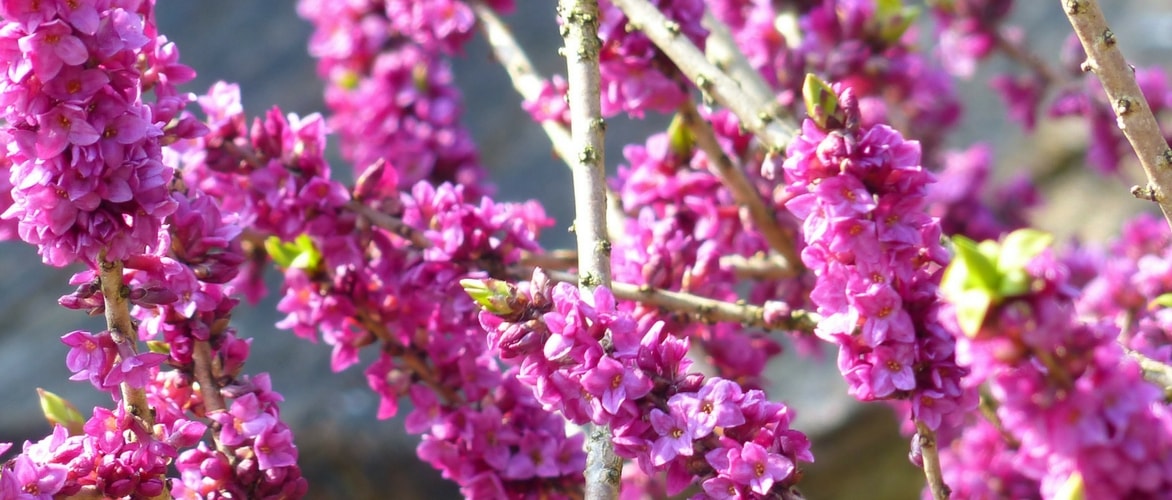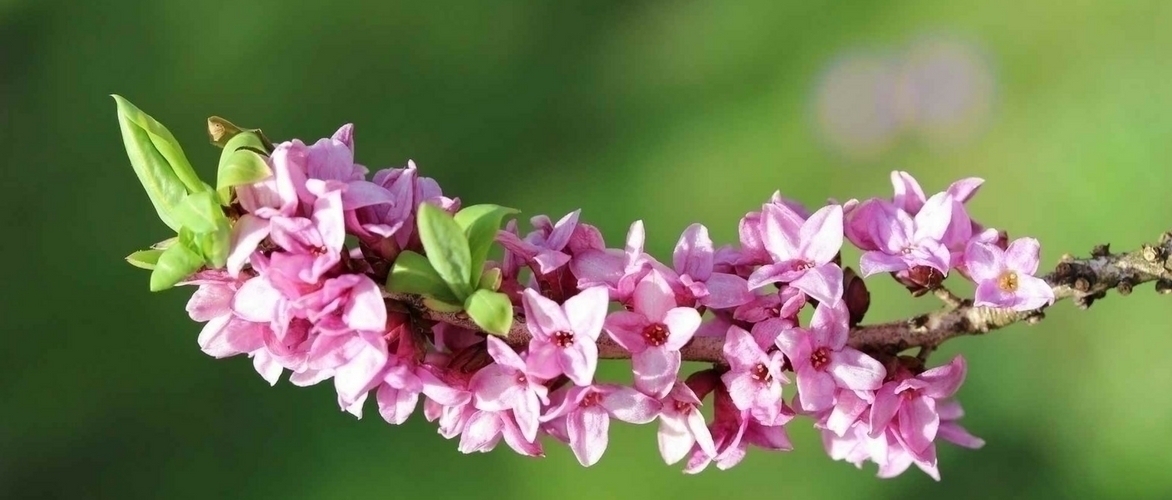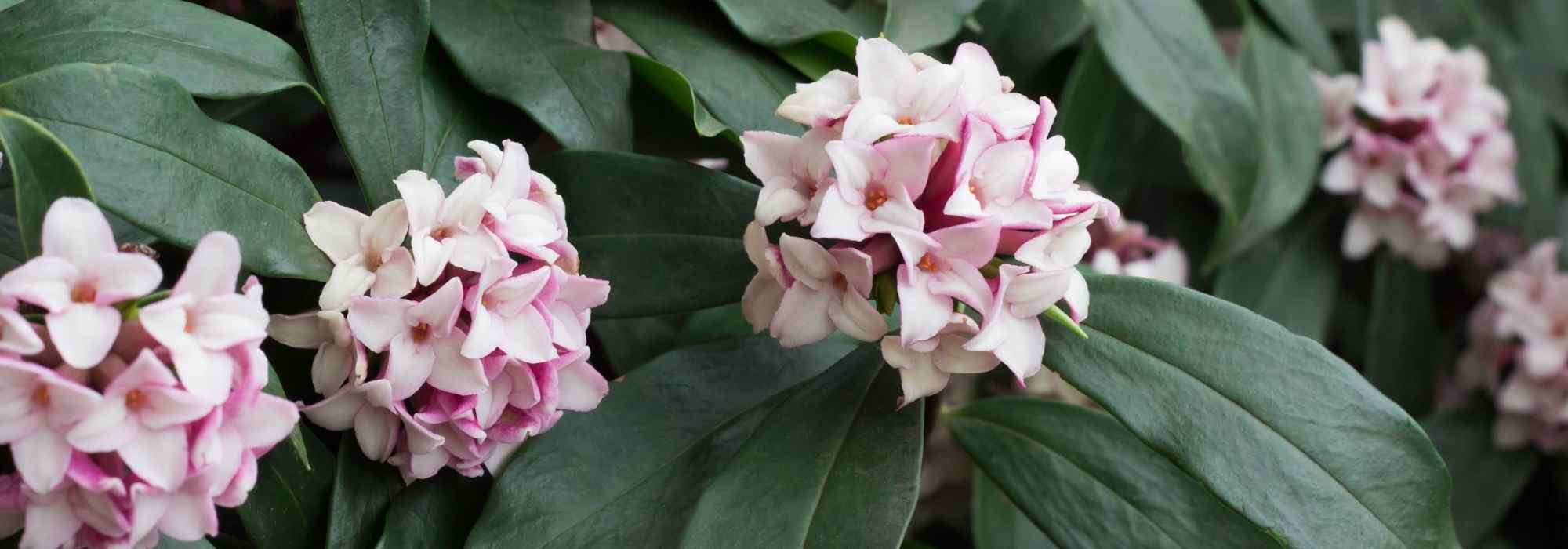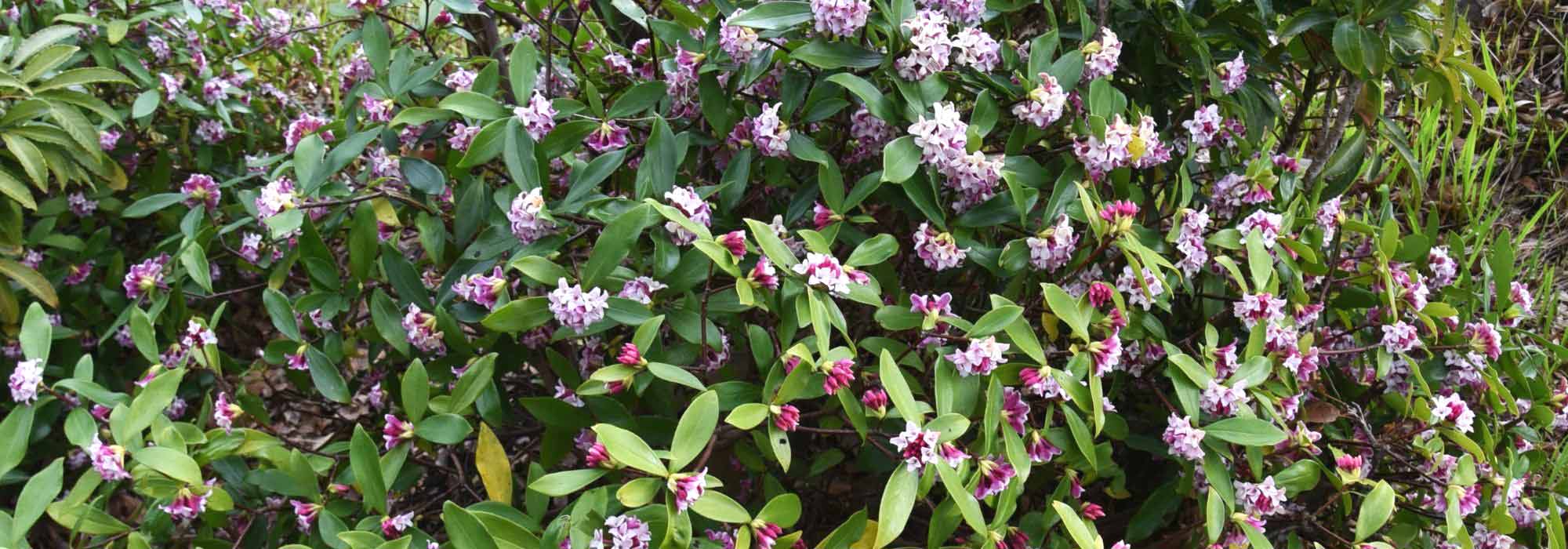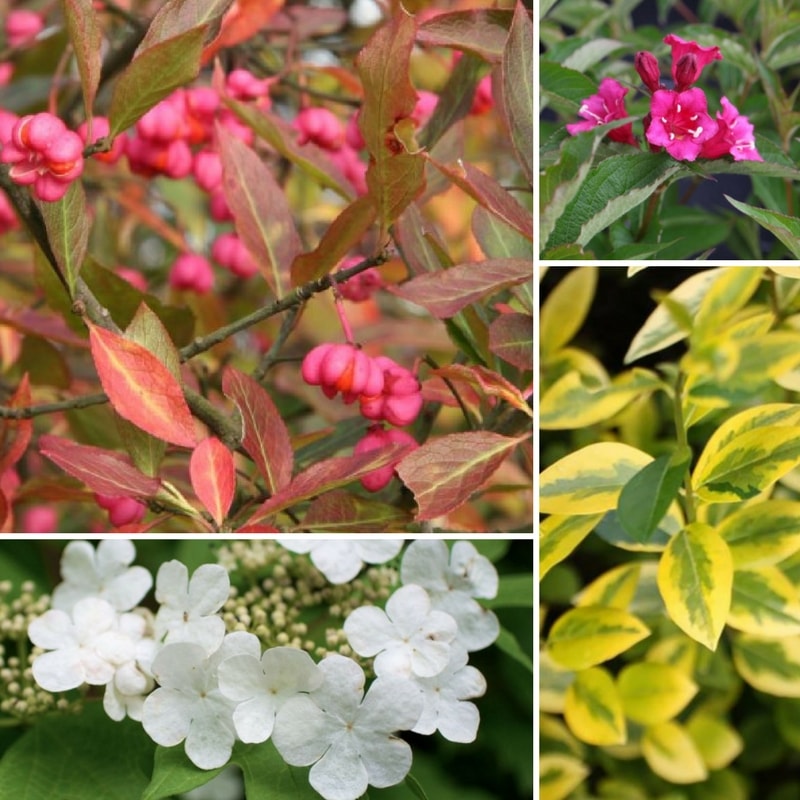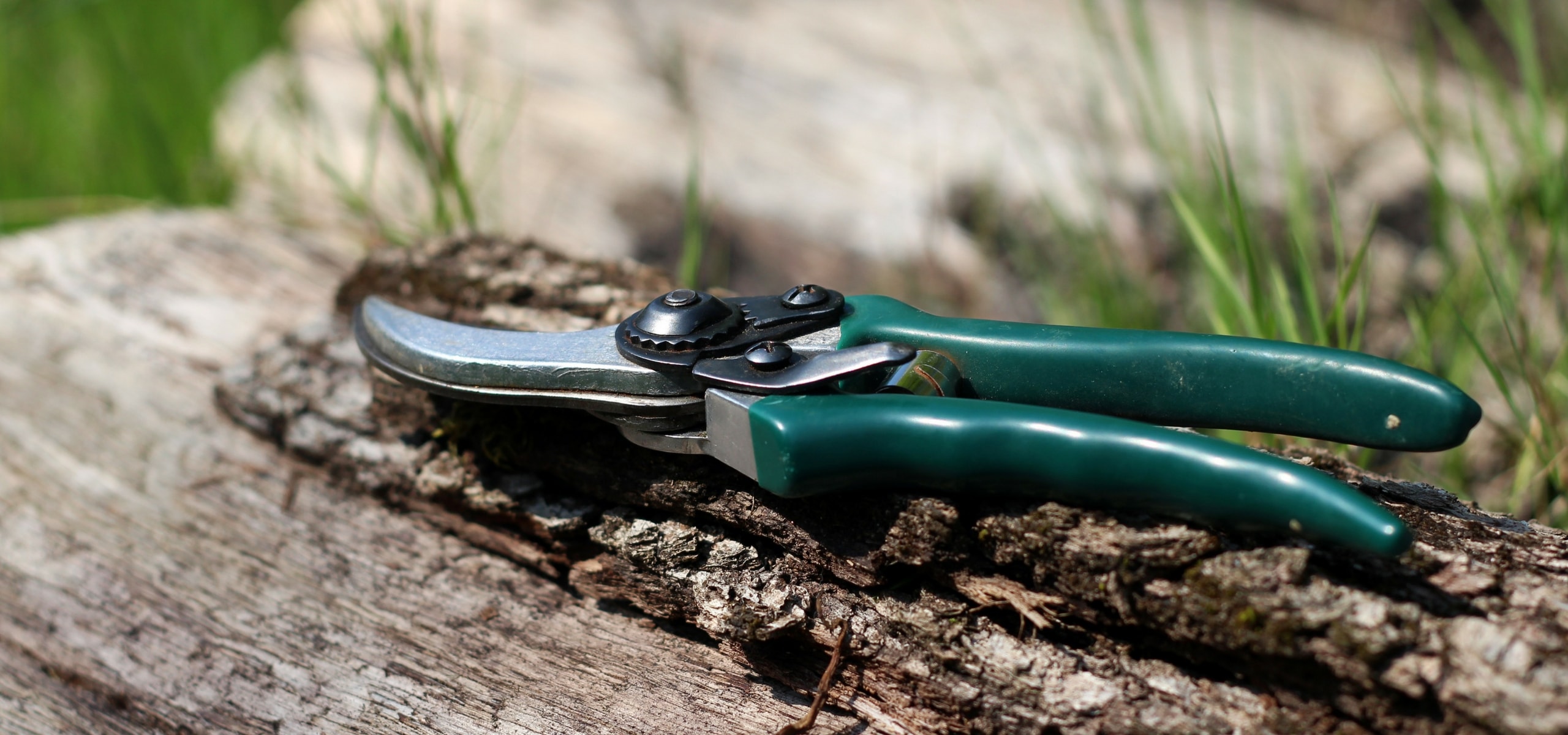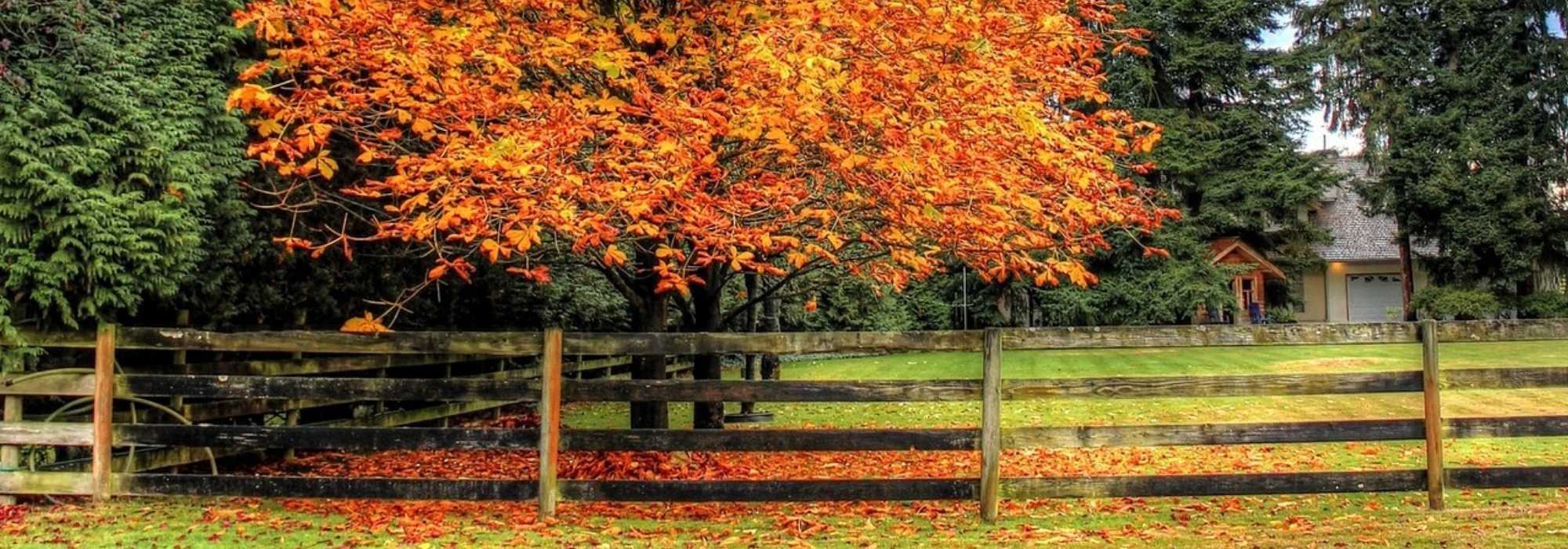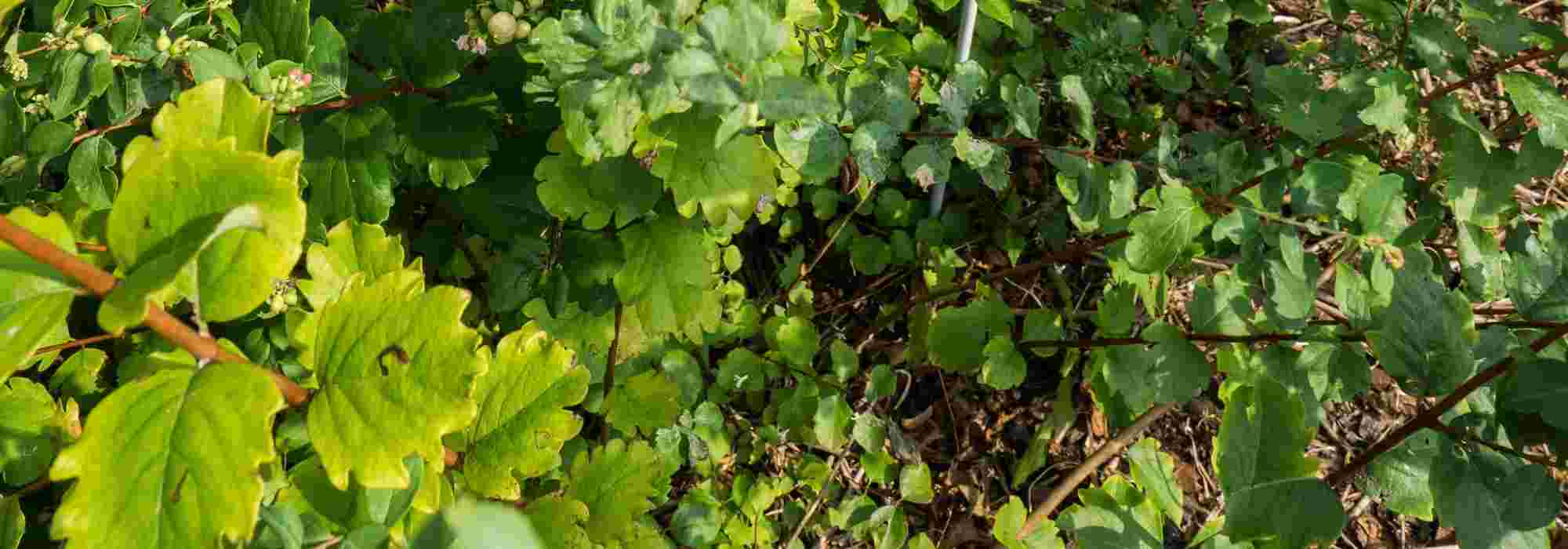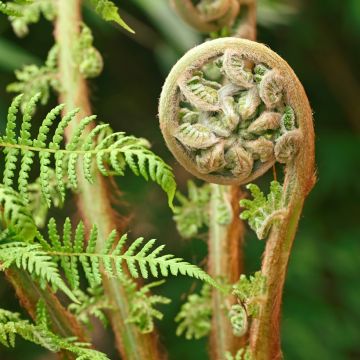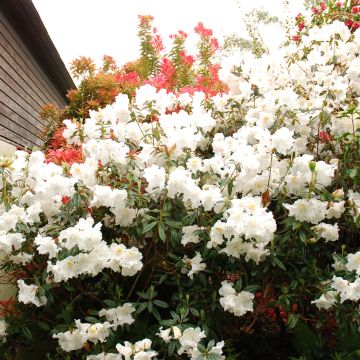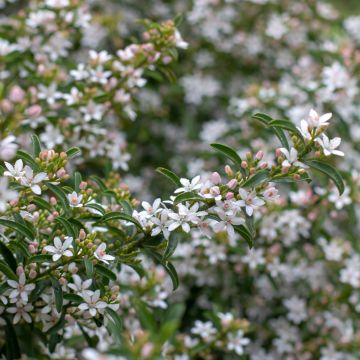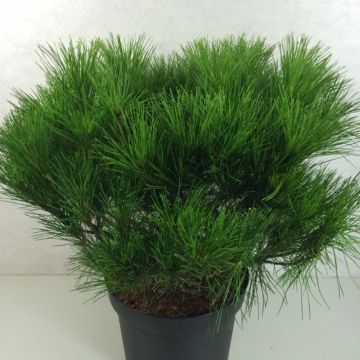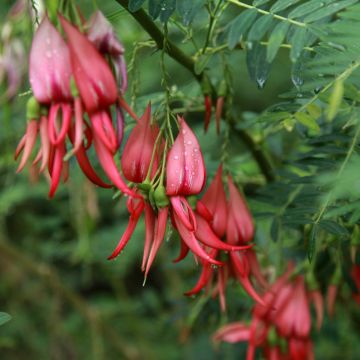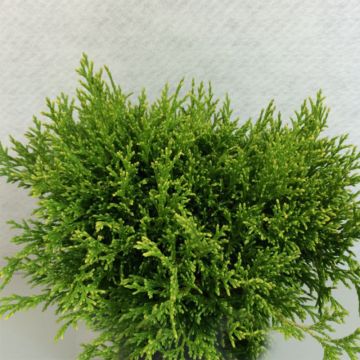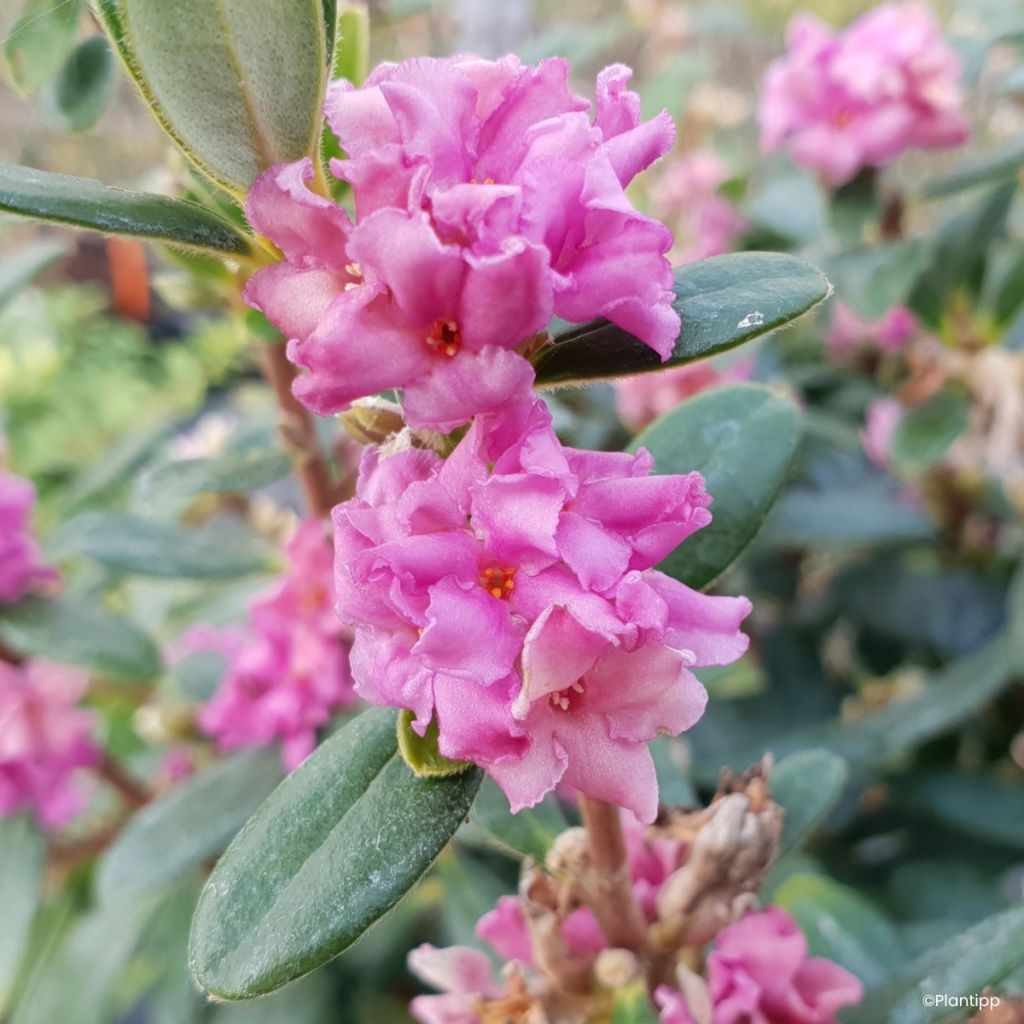

Daphne Sweetheart
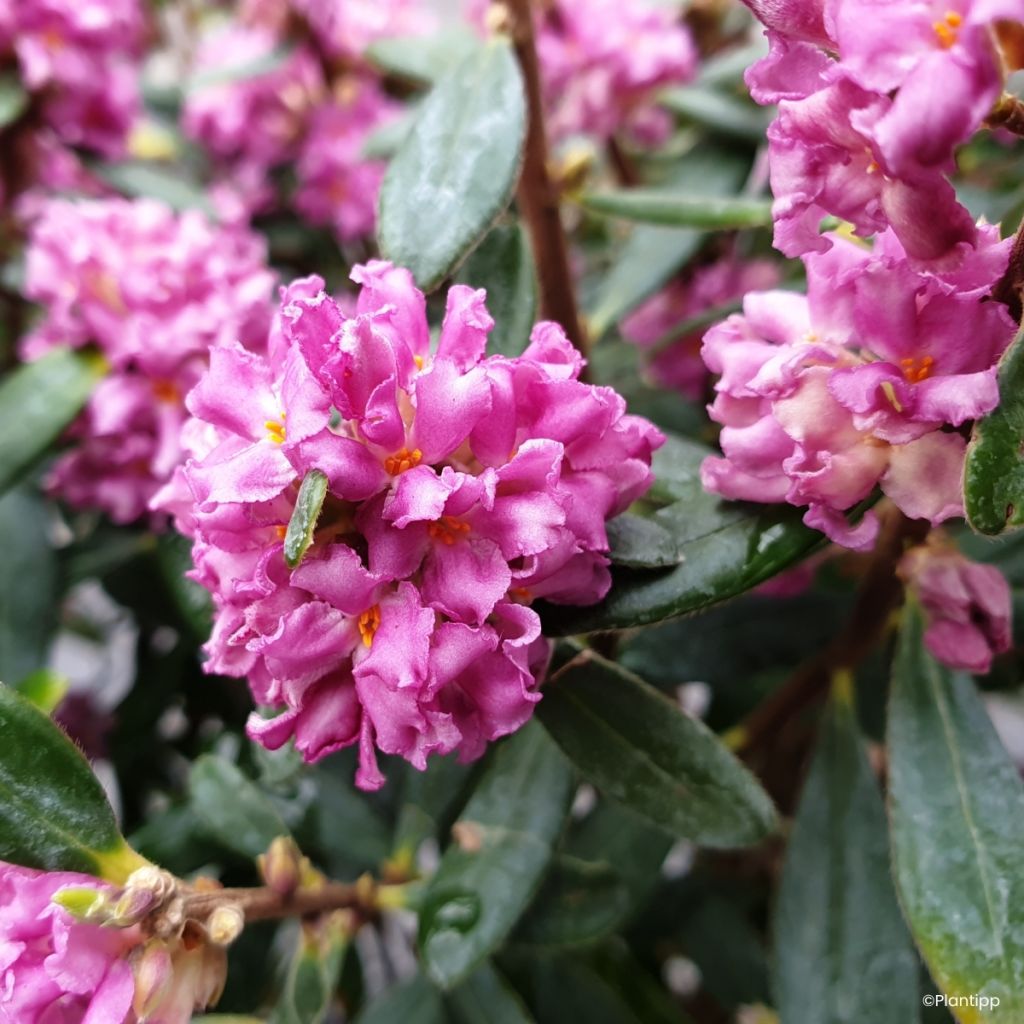

Daphne Sweetheart
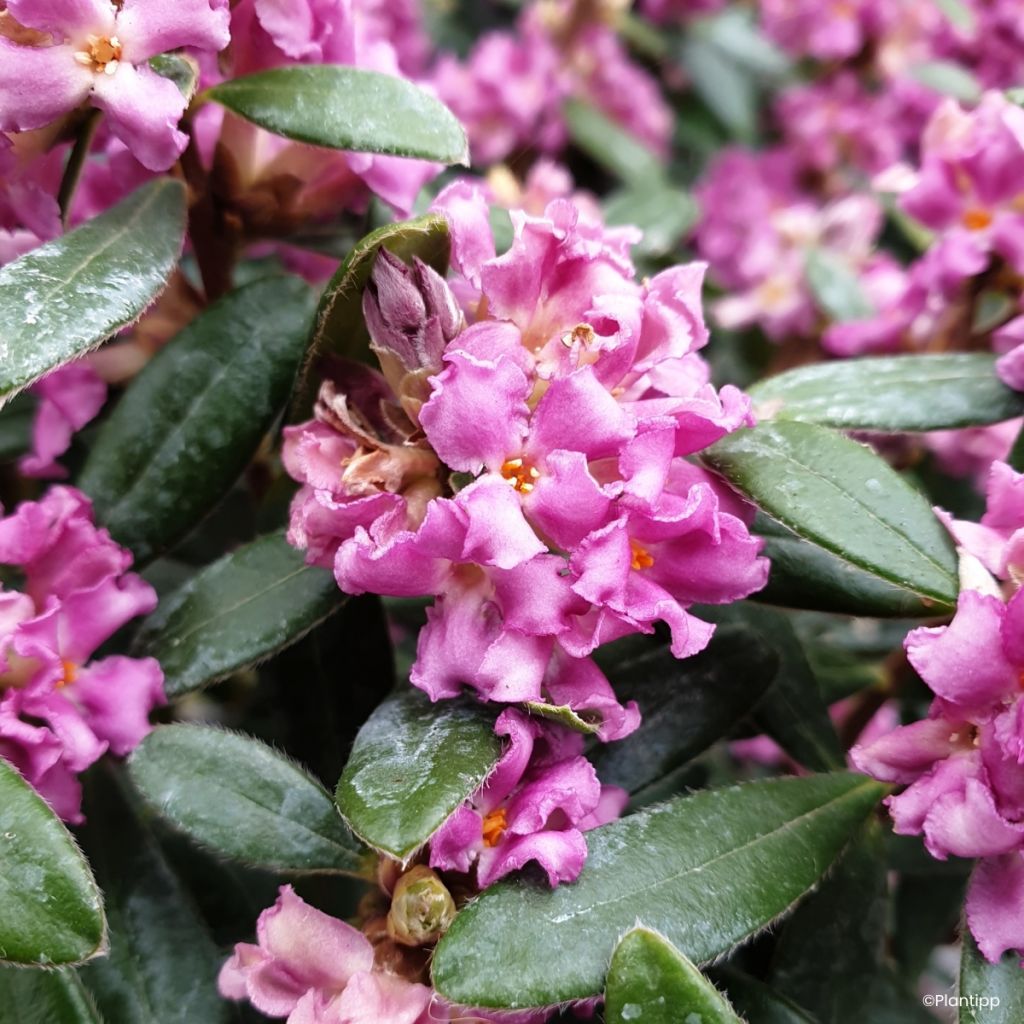

Daphne Sweetheart
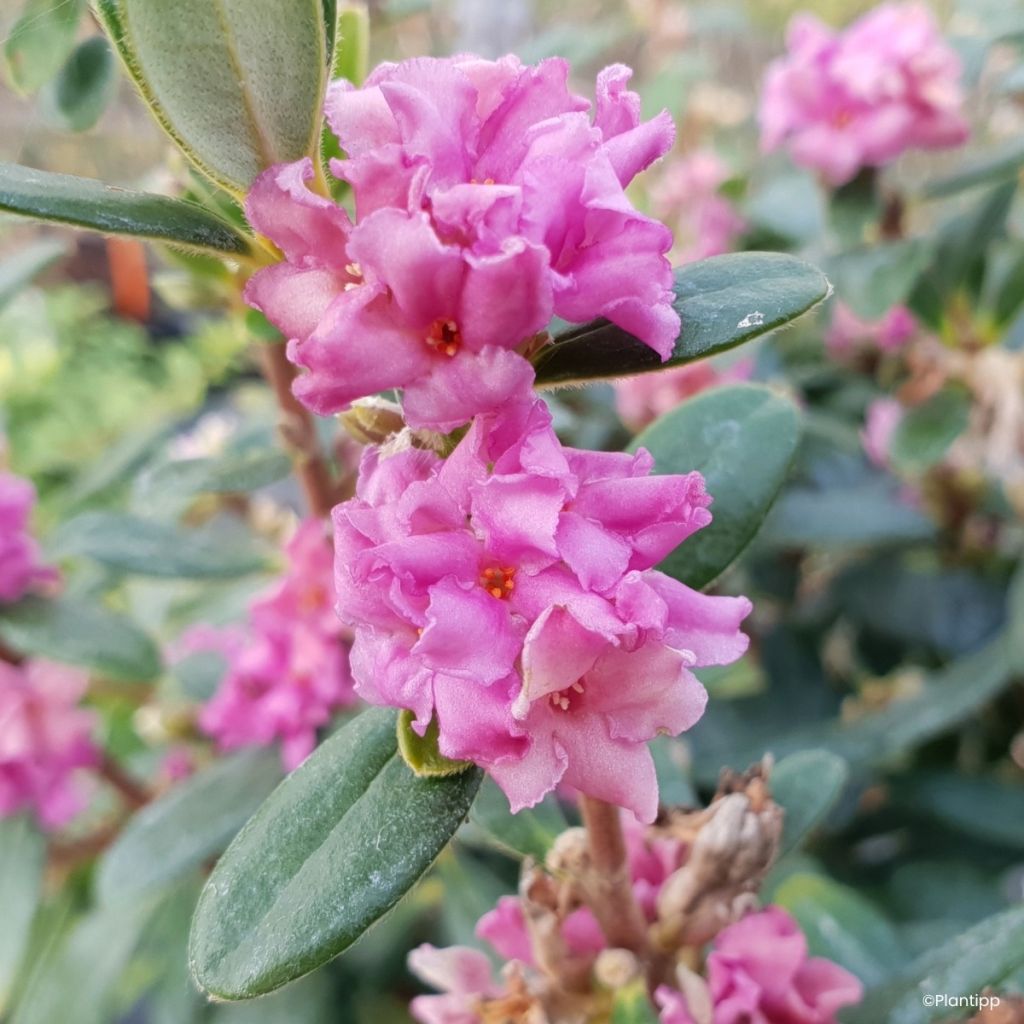

Daphne Sweetheart
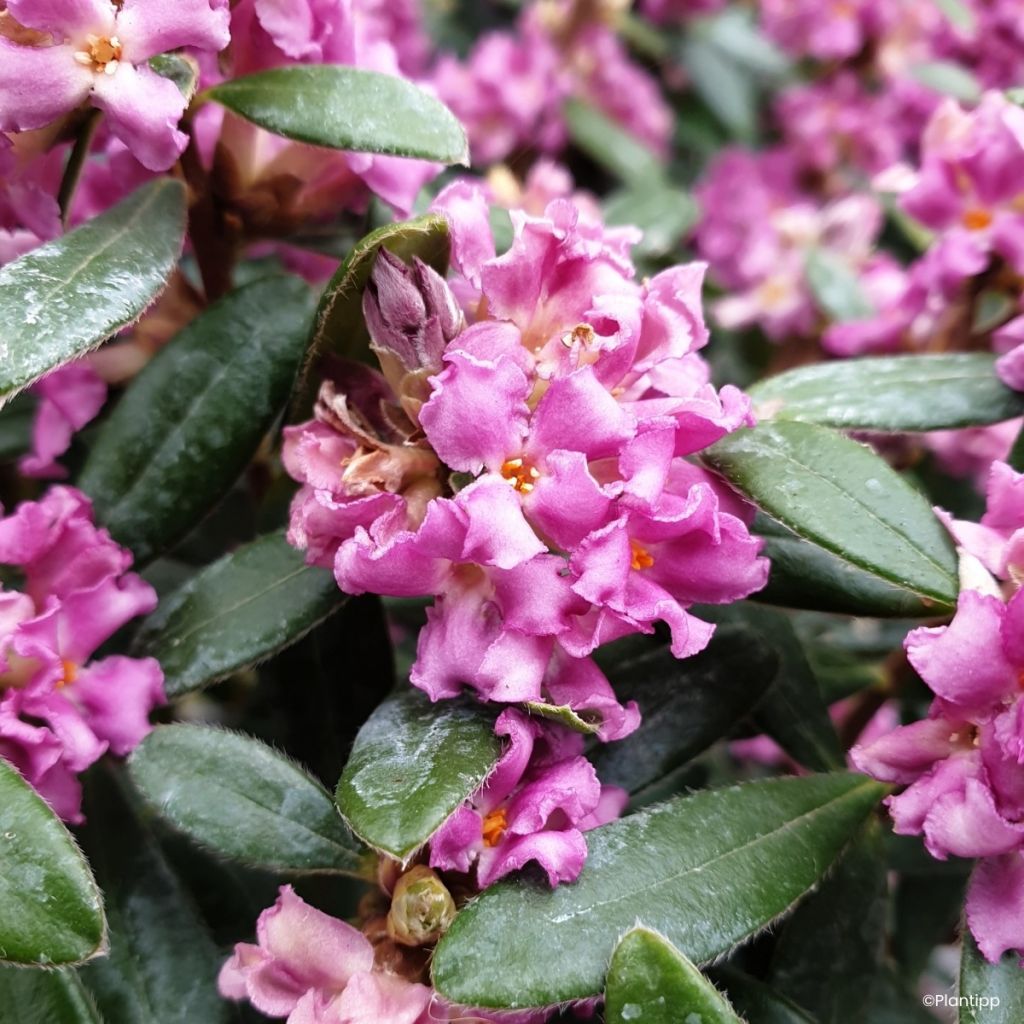

Daphne Sweetheart
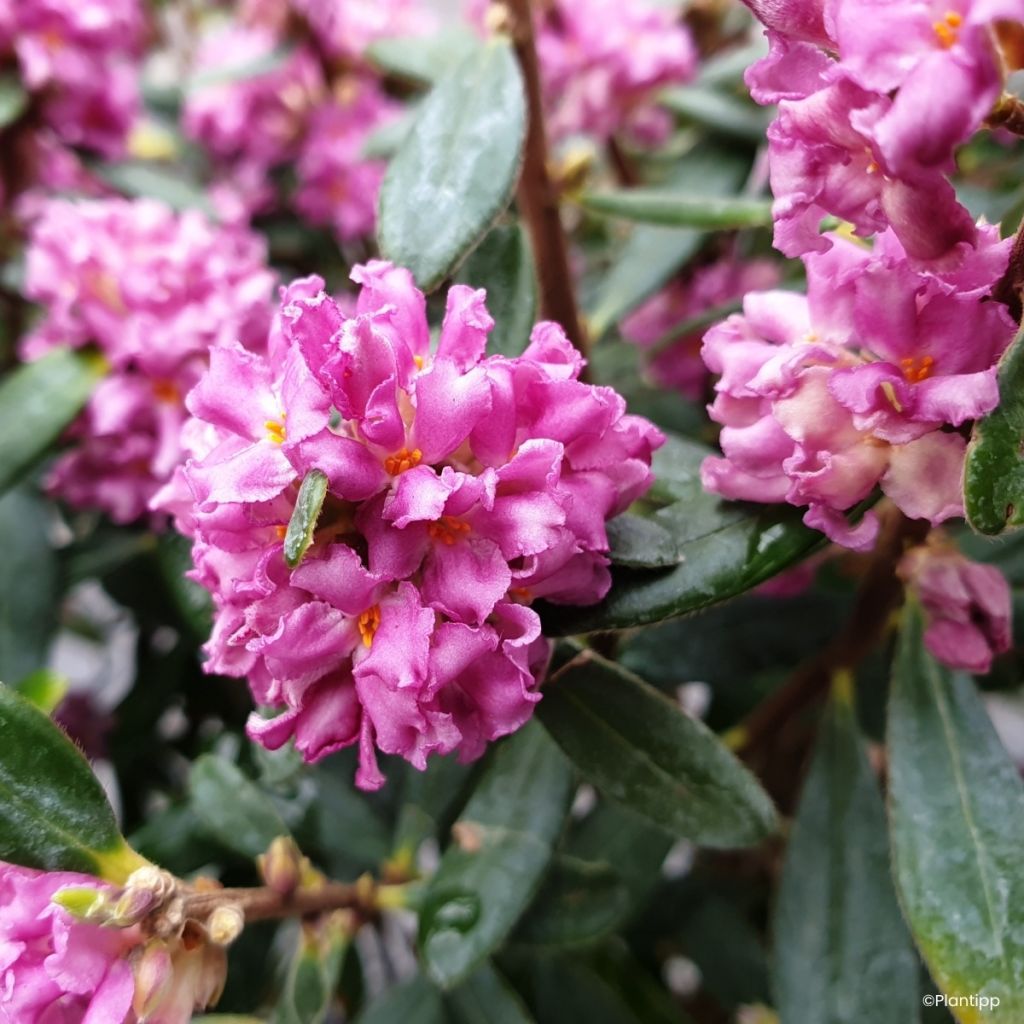

Daphne Sweetheart
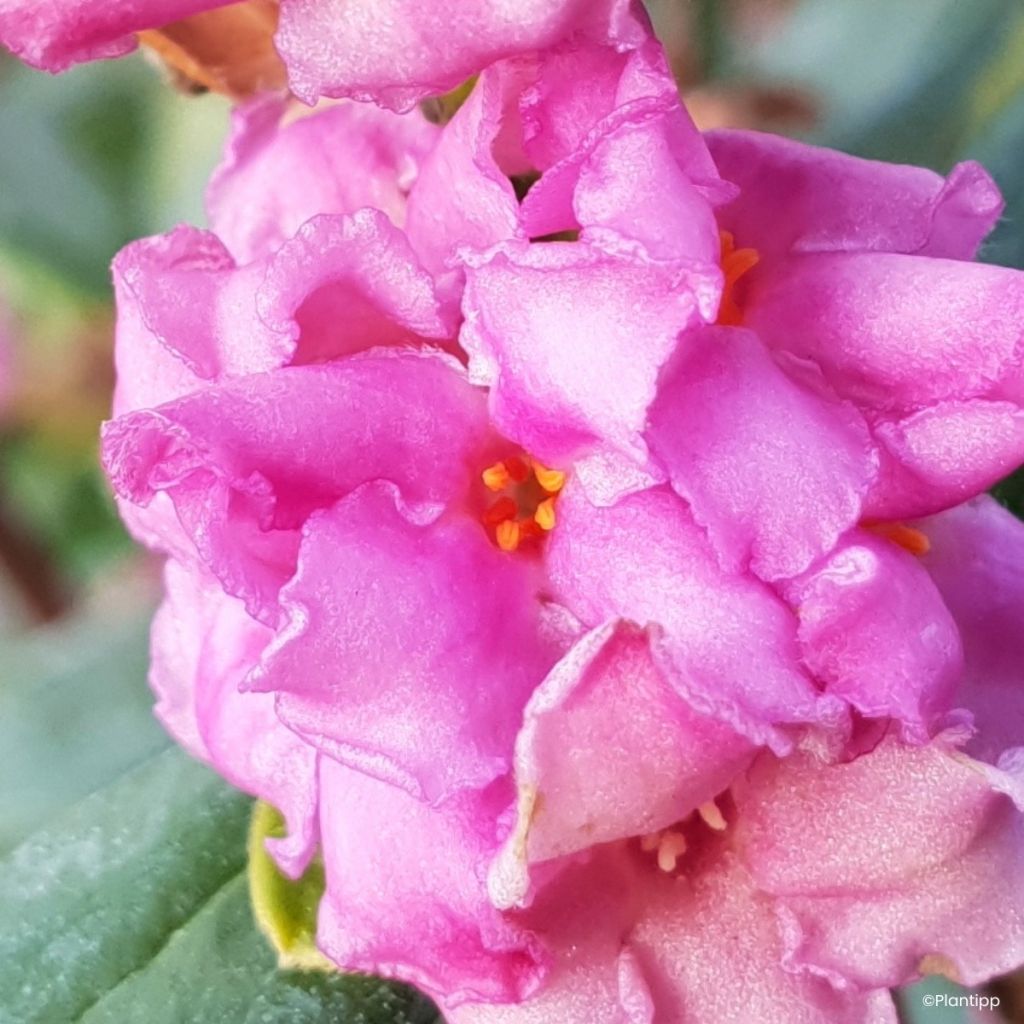

Daphne Sweetheart
Daphne Sweetheart
Daphne circassica x sericea 'Blacir' Sweetheart
Winter daphne, Fragrant daphne
Excellent young plant, very fresh, now it just needs to grow. Thank you.
JEAN-CLAUDE, 18/12/2025
Special offer!
Receive a €20 voucher for any order over €90 (excluding delivery costs, credit notes, and plastic-free options)!
1- Add your favorite plants to your cart.
2- Once you have reached €90, confirm your order (you can even choose the delivery date!).
3- As soon as your order is shipped, you will receive an email containing your voucher code, valid for 3 months (90 days).
Your voucher is unique and can only be used once, for any order with a minimum value of €20, excluding delivery costs.
Can be combined with other current offers, non-divisible and non-refundable.
Home or relay delivery (depending on size and destination)
Schedule delivery date,
and select date in basket
This plant carries a 24 months recovery warranty
More information
We guarantee the quality of our plants for a full growing cycle, and will replace at our expense any plant that fails to recover under normal climatic and planting conditions.

Would this plant suit my garden?
Set up your Plantfit profile →
Description
Daphne hybrid 'Sweetheart' is a particularly charming shrub. Its compact habit suits all gardens, as well as container cultivation. Its beautiful, glossy dark green, evergreen foliage forms a superb setting for the flowering, which lasts many months. The deep, almost dark pink flowers diffuse a pleasant and powerful fragrance. This bush is hardy in most regions, but demanding regarding its growing conditions, not tolerating lime, nor overly harsh sun or drought, nor indeed excess water. It is therefore sometimes better to grow it in a pot, which its dimensions easily allow.
Daphne is a genus of the Thymelaeaceae family, very little known except by serious enthusiasts, which groups together more than forty genera, of which the Edgeworthia, which curiously flowers on bare wood, and the small Pimelea which forms very architectural cushions in mild climates, are encountered in our gardens. The Daphnes are the most widespread, with more than fifty recorded species, appreciated for their very fragrant flowers, often produced in late winter, and known for their toxic fruits.
Daphne 'Sweetheart' is a hybrid obtained by crossing two closely related botanical varieties. One parent is Daphne circassica, which grows in Russia west of the Caucasus up to altitudes of 3200 m. It forms a low shrub, 30 cm in height with a 50 cm spread, with small, lanceolate, dark green evergreen leaves. Its slightly purplish-pink flowering is fragrant, and followed by orange fruits. The other parent is Daphne sericea, or Silky Daphne, which is also a low bush reaching 50 cm in height. Native to Asia Minor and southern Italy, it is evergreen and its pink flowering, which begins in May and lightens over time, emits a carnation scent.
'Sweetheart' exhibits greater development than its parents since it will slowly grow to eventually measure from 1 m to 1.20 m in all directions. It forms a compact and dense, rounded clump made up of numerous thin shoots, whose brown colour is well matched with the dark green of the leaves. The narrow and lanceolate, alternate leaves measure 3-5 cm long by 1.5 cm wide, and their surface is shiny. From May, the plant produces small flowers grouped in umbels at the ends of the shoots. Their tubular base opens onto four spreading petals whose well-sustained pink is punctuated by an orange heart. Measuring roughly 2 cm wide, the flowers form clusters 5-6 cm in diameter, well highlighted against the dark background of the foliage. This first flowering blooms until July, then the plant takes a break in August, and a second wave blooms in September and October. Covering almost the entire growing season, the flowering also has an attractive, delicious and very present fragrance in the garden despite the modest dimensions of the shrub.
Daphne 'Sweetheart' is a true gem for the garden, with ornamental foliage all year round, and a very long, fragrant flowering. Nevertheless, Daphnes are not plants for beginners and are demanding in terms of growing conditions. A humid oceanic climate without overly harsh sun and an acidic, moist, but well-draining and humus-bearing soil are the best guarantees of success. This Daphne will thrive at the feet of a Magnolia stellata, which shares the same needs. The star magnolia produces a profusion of large white flowers with numerous narrow, elongated petals in early spring, thus preceding your Daphne. You can also plant in your border a Hydrangea aspera 'Velvet & Lace', a beautiful Hydrangea whose lilac and mauve flat heads renew themselves all summer. And for the end of the season, make your choice from the wide range of Sasanqua Camellias, the autumn Camellias which also flower in winter...
Daphne Sweetheart in pictures
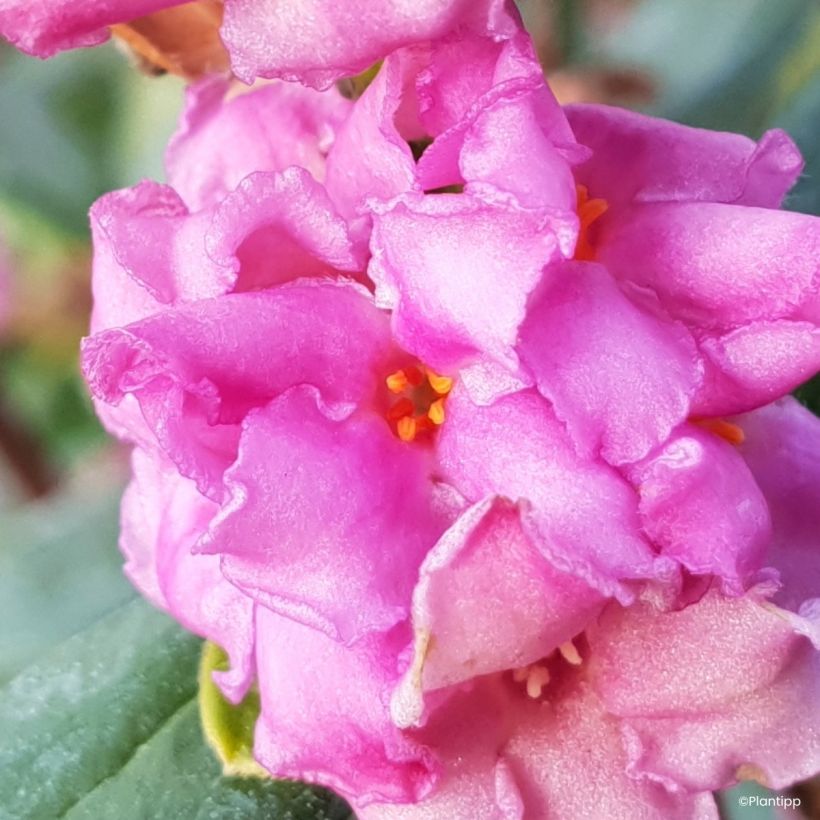

Plant habit
Flowering
Foliage
Safety measures
Botanical data
Daphne
circassica x sericea
'Blacir' Sweetheart
Thymelaeaceae
Winter daphne, Fragrant daphne
Daphne 'Blacir', Daphne Sweetheart
Cultivar or hybrid
ingestion
Cette plante est toxique si elle est ingérée volontairement ou involontairement.
Ne la plantez pas là où de jeunes enfants peuvent évoluer, et lavez-vous les mains après l'avoir manipulée.
Pensez à conserver l'étiquette de la plante, à la photographier ou à noter son nom, afin de faciliter le travail des professionnels de santé.
Davantage d'informations sur https://plantes-risque.info
Planting and care
Daphne ‘Sweetheart’ should be planted in rich, moist, well-drained soil, preferably slightly acidic to acidic, or even neutral. However, it dislikes chalky, dry, or overly wet soils. It appreciates a sunny to partially shaded position, sheltered from cold, drying winds. In the warm south, place it in morning sun and avoid full sun. It is hardy down to approximately -20°C. Apply a thick layer of organic mulch to protect the base and retain soil moisture. Avoid disturbing the roots of your Daphne. After flowering, apply an organic fertiliser. Like Daphne odora, it can be affected by Marssonina virus; treat it with a fungicidal spray in spring. Pruning is unnecessary. Only remove dead or awkward branches.
Planting period
Intended location
Care
Planting & care advice
-
, onOrder confirmed
Reply from on Promesse de fleurs
Similar products
Haven't found what you were looking for?
Hardiness is the lowest winter temperature a plant can endure without suffering serious damage or even dying. However, hardiness is affected by location (a sheltered area, such as a patio), protection (winter cover) and soil type (hardiness is improved by well-drained soil).

Photo Sharing Terms & Conditions
In order to encourage gardeners to interact and share their experiences, Promesse de fleurs offers various media enabling content to be uploaded onto its Site - in particular via the ‘Photo sharing’ module.
The User agrees to refrain from:
- Posting any content that is illegal, prejudicial, insulting, racist, inciteful to hatred, revisionist, contrary to public decency, that infringes on privacy or on the privacy rights of third parties, in particular the publicity rights of persons and goods, intellectual property rights, or the right to privacy.
- Submitting content on behalf of a third party;
- Impersonate the identity of a third party and/or publish any personal information about a third party;
In general, the User undertakes to refrain from any unethical behaviour.
All Content (in particular text, comments, files, images, photos, videos, creative works, etc.), which may be subject to property or intellectual property rights, image or other private rights, shall remain the property of the User, subject to the limited rights granted by the terms of the licence granted by Promesse de fleurs as stated below. Users are at liberty to publish or not to publish such Content on the Site, notably via the ‘Photo Sharing’ facility, and accept that this Content shall be made public and freely accessible, notably on the Internet.
Users further acknowledge, undertake to have ,and guarantee that they hold all necessary rights and permissions to publish such material on the Site, in particular with regard to the legislation in force pertaining to any privacy, property, intellectual property, image, or contractual rights, or rights of any other nature. By publishing such Content on the Site, Users acknowledge accepting full liability as publishers of the Content within the meaning of the law, and grant Promesse de fleurs, free of charge, an inclusive, worldwide licence for the said Content for the entire duration of its publication, including all reproduction, representation, up/downloading, displaying, performing, transmission, and storage rights.
Users also grant permission for their name to be linked to the Content and accept that this link may not always be made available.
By engaging in posting material, Users consent to their Content becoming automatically accessible on the Internet, in particular on other sites and/or blogs and/or web pages of the Promesse de fleurs site, including in particular social pages and the Promesse de fleurs catalogue.
Users may secure the removal of entrusted content free of charge by issuing a simple request via our contact form.
The flowering period indicated on our website applies to countries and regions located in USDA zone 8 (France, the United Kingdom, Ireland, the Netherlands, etc.)
It will vary according to where you live:
- In zones 9 to 10 (Italy, Spain, Greece, etc.), flowering will occur about 2 to 4 weeks earlier.
- In zones 6 to 7 (Germany, Poland, Slovenia, and lower mountainous regions), flowering will be delayed by 2 to 3 weeks.
- In zone 5 (Central Europe, Scandinavia), blooming will be delayed by 3 to 5 weeks.
In temperate climates, pruning of spring-flowering shrubs (forsythia, spireas, etc.) should be done just after flowering.
Pruning of summer-flowering shrubs (Indian Lilac, Perovskia, etc.) can be done in winter or spring.
In cold regions as well as with frost-sensitive plants, avoid pruning too early when severe frosts may still occur.
The planting period indicated on our website applies to countries and regions located in USDA zone 8 (France, United Kingdom, Ireland, Netherlands).
It will vary according to where you live:
- In Mediterranean zones (Marseille, Madrid, Milan, etc.), autumn and winter are the best planting periods.
- In continental zones (Strasbourg, Munich, Vienna, etc.), delay planting by 2 to 3 weeks in spring and bring it forward by 2 to 4 weeks in autumn.
- In mountainous regions (the Alps, Pyrenees, Carpathians, etc.), it is best to plant in late spring (May-June) or late summer (August-September).
The harvesting period indicated on our website applies to countries and regions in USDA zone 8 (France, England, Ireland, the Netherlands).
In colder areas (Scandinavia, Poland, Austria...) fruit and vegetable harvests are likely to be delayed by 3-4 weeks.
In warmer areas (Italy, Spain, Greece, etc.), harvesting will probably take place earlier, depending on weather conditions.
The sowing periods indicated on our website apply to countries and regions within USDA Zone 8 (France, UK, Ireland, Netherlands).
In colder areas (Scandinavia, Poland, Austria...), delay any outdoor sowing by 3-4 weeks, or sow under glass.
In warmer climes (Italy, Spain, Greece, etc.), bring outdoor sowing forward by a few weeks.






























